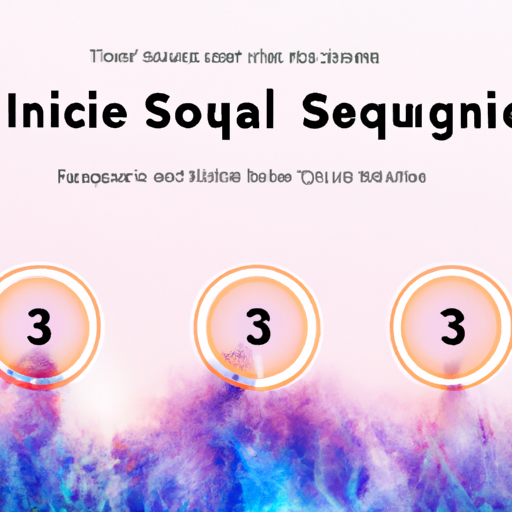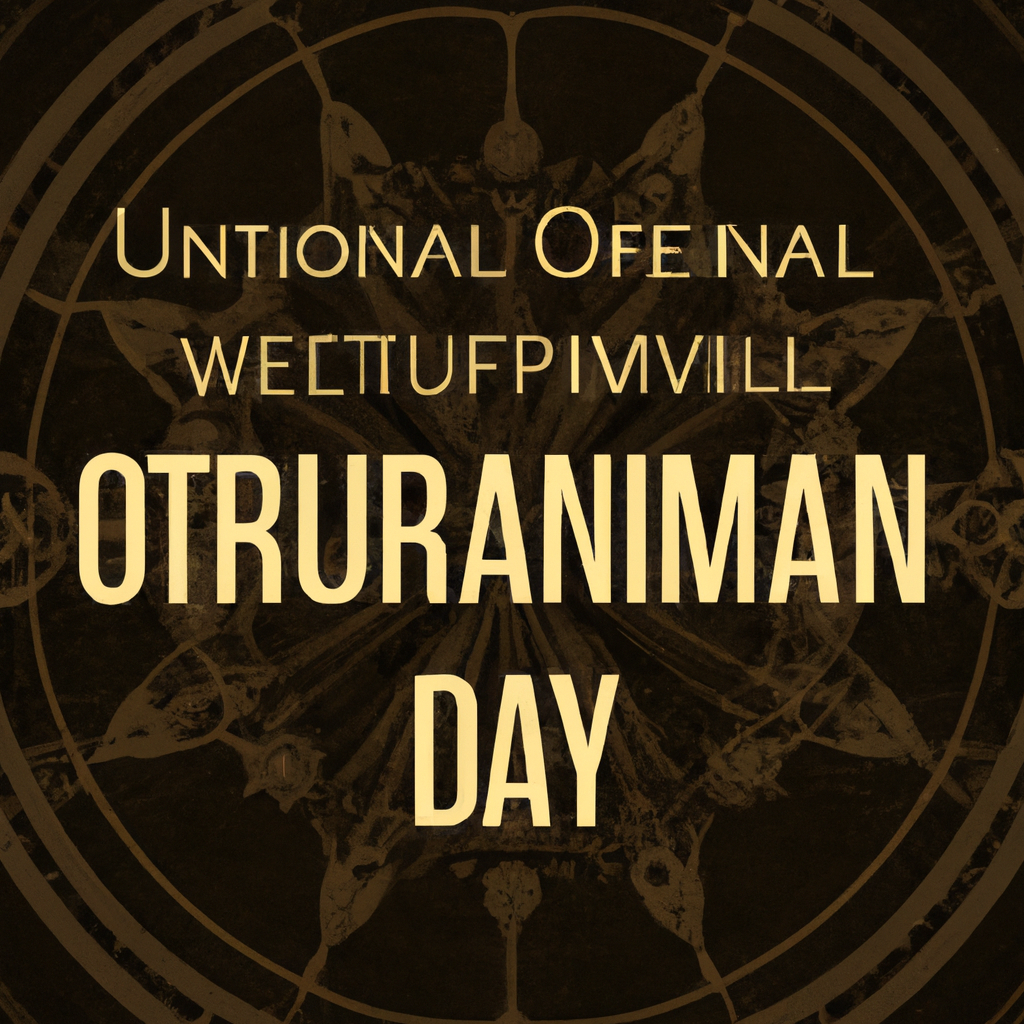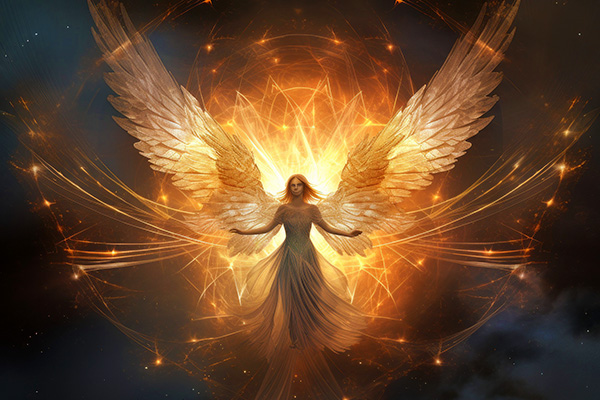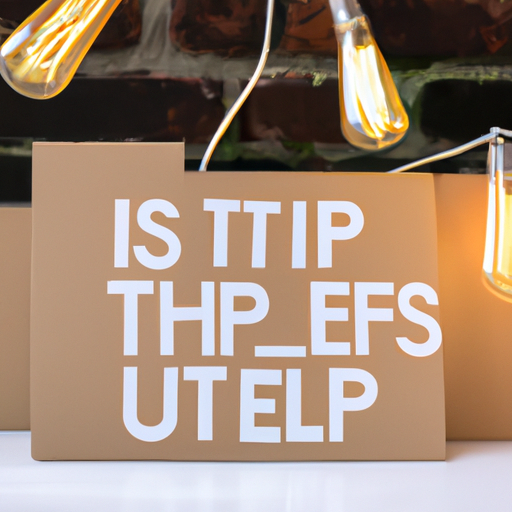What to Anticipate in the Astrology Outlook for January 6 – 12, 2025
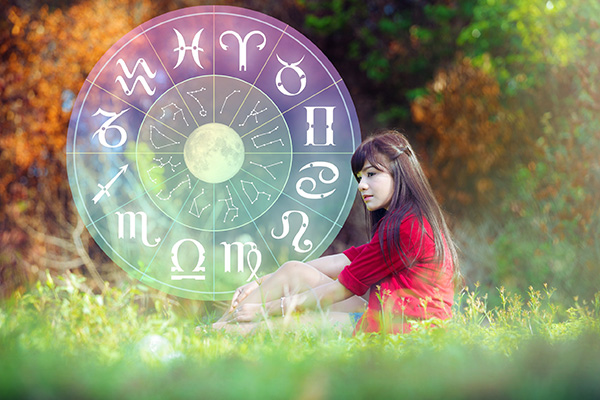 Today, Mars is entering Cancer, which can amplify our emotional sensitivity, causing our focus to shift towards personal security and the well-being of our loved ones. This influence often brings a wave of protective feelings, prompting actions regarding issues close to home.
Today, Mars is entering Cancer, which can amplify our emotional sensitivity, causing our focus to shift towards personal security and the well-being of our loved ones. This influence often brings a wave of protective feelings, prompting actions regarding issues close to home.
Nonetheless, Mars in Cancer creates a challenging sesquiquadrate aspect with Saturn, which may bring about feelings of frustration if you encounter interruptions or constraints from authority figures or outside influences. This alignment challenges you to merge your determination with patience and accountability, realizing that taking consistent steps often yields greater rewards than hurrying through.
The early square between Mercury and Neptune might complicate communication today, making it hard to articulate your ideas clearly or fully grasp others’ intentions. Stay alert for possible deceptions or misinterpretations that could surface during the day. Verify crucial information and refrain from making significant choices based on incomplete thoughts.
On a brighter note, the Moon’s sextile with Jupiter offers a positive lift this morning, fostering expansive thoughts and a general feeling of optimism. This energy can enhance your mood and provide clarity as the day progresses, particularly if you concentrate on personal growth or spiritual endeavors.
Later on, the Moon’s quintile to Pluto encourages profound emotional introspection, granting the chance to let go of old habits and embrace significant healing. The Moon’s semisextile to Saturn provides a stabilizing effect, aiding in the balancing of emotions with a practical perspective. However, be cautious, as Venus’ semisquare to Chiron might evoke minor tension in love and self-image, prompting you to confront any relationship wounds.
Ultimately, the Sun’s square with the Moon toward the day’s close symbolizes an internal conflict between your outward ambitions and emotional requirements. Today is an opportunity to honor both aspects – to strive for achievements while ensuring that your emotional landscape is nurtured and cared for.
Looking ahead to tomorrow, Mercury transitions into Capricorn, signaling a shift towards more organized, pragmatic thought processes. In the upcoming weeks, our communication will likely become more concentrated, grounded, and goal-driven. This period presents an excellent opportunity for serious planning, long-term goal setting, or tackling projects for the upcoming year that require meticulous attention and organization.
However, remain aware of the inclination to become overly cautious or negative in your mindset. While this transit promotes discipline and strategy, it may also infuse a more reserved or serious tone into your discussions. Utilize this energy to make gradual strides toward your objectives and convey your thoughts with clarity and authority.
The Gemini Moon on Friday and Saturday will redirect our attention to curiosity, intellectual engagement, and social bonds throughout the weekend. You might feel a strong urge to converse, share ideas, and delve into new information. This is a perfect period to learn, network, and keep your alternatives open.
The Moon in Gemini fosters flexibility, but it can also lead to a feeling of restlessness or scattered energies, so it’s vital to find equilibrium between remaining adaptable and keeping your focus. Over the weekend, you may find yourself managing several tasks or thoughts, so be careful not to overstretch yourself. Embrace the lively social energy, but also ensure you take moments to ground yourself if distractions become too overwhelming.
|
Residing in New Mexico, Susyn provides Psychic Guidance, Astrological Insights, and Channeled Messages that can transform your life! Her reputable credentials include a doctorate in metaphysical studies and certifications from The American Association of Professional Psychics and The American Tarot Guild. Additionally, she is a published author of two metaphysical works and numerous articles and horoscope columns. Besides offering readings, Susyn serves as a mentoring practitioner, guiding others to unlock their gifts, elevate their vibrations, and empower themselves. A highly sought-after guest on many radio programs, she has also hosted her own show. If you’re searching for a genuinely brilliant astrologer, known for her accurate readings, look no further than Susyn at PsychicAccess.com. |
Astrology Forecast for January 6 – 12, 2025: A Glimpse into the Cosmic Energies
As January 2025 unfolds, the celestial alignments are crafting a unique array of energies that will influence our journeys and set the course for the upcoming year. Astrology fans and the inquisitive alike are keen to uncover what the universe has planned for us during this transformative phase. Let’s explore the astrology forecast for January 6 – 12, 2025, and dive into the cosmic rhythm that awaits.
Aries (March 21 – April 19):
This week heralds a wave of energy and enthusiasm for Aries. The planetary arrangements motivate you to seize control of your life and ardently pursue your ambitions. It’s a beneficial period for career growth and launching new ventures. Just be mindful to maintain equilibrium between your personal and professional spheres to prevent burnout.
Taurus (April 20 – May 20):
For Taurus, relationship dynamics take center stage this week. The heavenly energies encourage nurturing your ties and deepening connections. Whether in personal or professional contexts, collaboration and compromise will prove vital. Prioritize open dialogue and seek harmony in relationships.
Gemini (May 21 – June 20):
Gemini individuals are encouraged to engage in self-reflection and contemplation. The planetary configurations prompt you to pause and reassess your ambitions and goals. Utilize this period to realign what matters most and seek clarity on your future path. Engaging in spiritual practices or mindfulness techniques can significantly assist your journey of introspection.
Cancer (June 21 – July 22):
This week, Cancer individuals may feel an inclination towards social engagement and community involvement. The cosmic energies motivate you to connect with like-minded souls and dedicate yourself to meaningful causes. Participating in group initiatives or joining community organizations can foster a sense of purpose and fulfillment.
Leo (July 23 – August 22):
For Leo, professional life receives a significant boost this week. The planetary alignments support career progression, recognition, and achievements. It’s a prime time to highlight your talents and take on new challenges. However, be conscious of maintaining a balanced work-life ratio to avoid neglecting personal ties.
Virgo (August 23 – September 22):
For Virgo, this week emphasizes personal development and growth. The celestial energies urge you to step beyond your comfort zone and embrace new experiences. Whether through travel, education, or exploring a new hobby, seize chances that widen your perspective. This period promises valuable insights and personal advancement.
Libra (September 23 – October 22):
Libra individuals will concentrate on their interpersonal relationships this week. The planetary alignments underscore the importance of harmony and balance within partnerships. It’s an ideal moment to mend disputes, strengthen connections, and cultivate deeper relationships. Don’t forget to prioritize self-care while ensuring you retain your individuality within partnerships.
Scorpio (October 23 – November 21):
This week, Scorpio individuals may encounter a surge of creativity and inspiration. The cosmic energies encourage you to channel your feelings into artistic ventures or innovative projects. Embrace your passions and let your creativity flow freely. This is an excellent time for self-expression and exploring new creative paths.
Sagittarius (November 22 – December 21):
For Sagittarius, weekly focus revolves around home and family affairs. The planetary alignments inspire you to create a warm and balanced atmosphere for yourself and loved ones. It’s a good time for home improvements, family gatherings, or reconnecting with your heritage. Embrace the security and comfort your home grants you.
Capricorn (December 22 – January 19):
Capricorn individuals will be in a phase of reflection and self-care this week. The cosmic energies call you to prioritize your health and replenish your energy levels. Engage in self-nurturing routines, establish healthy boundaries, and dedicate time for solitude and contemplation. This rejuvenation period will equip you for upcoming challenges.
Aquarius (January 20 – February 18):
This week, Aquarius individuals may find themselves inclined towards intellectual pursuits and social engagements. The planetary alignments favor engaging in enriching discussions, broadening your knowledge base, and linking with like-minded peers. Embrace chances for learning and networking, as these may lead to thrilling collaborations or new friendships.
Pisces (February 19 – March 20):
For Pisces, this week centers on financial considerations and material stability. The cosmic energies recommend assessing your monetary goals and making sound decisions about your resources. It’s a prime time for budgeting, long-term planning, and seeking financial advice. Embrace a methodical approach to your finances for a secure future.
As we progress through the first week of January 2025, the astrology forecast illuminates Continue reading




